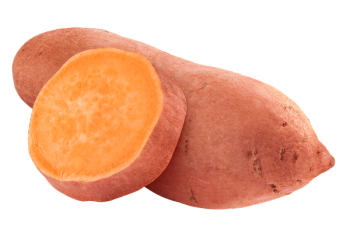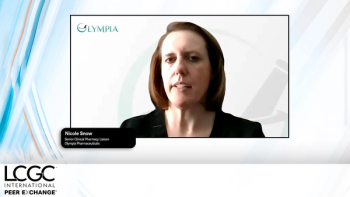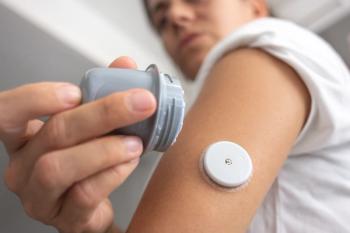
Probing Proteins
Scientists have developed a spectrometry-based approach that allows them to watch proteins folding, a process that, until now, has been too fast to straightforwardly capture.
Scientists have developed a spectrometry-based approach that allows them to watch proteins folding, a process that, until now, has been too fast to straightforwardly capture.
Protein molecules do most of the work in the human cell. They are created from chains of amino acids, which fold spontaneously in milliseconds forming one of the millions of different varieties. Their function is determined by their shape, and any misfolds can result in some of the worst neurodegenerative diseases, including Alzheimer’s, Parkinson’s, and CJD. To predict how an amino acid chain will fold currently requires supercomputers or cloud sourcing projects, but a study published in the Journal of the American Chemical Society has successfully used a new approach to watch the folding of a small protein called barstar (1).
A cold solution of barstar and hydrogen peroxide was injected into a capillary, which was then hit with an infrared laser to heat the protein enough to make it start folding. The solution was then exposed to an ultraviolet pulse, which splits the hydrogen peroxide into hydroxy radicals that react with the parts of the protein outside the folding structure. The protein is split into peptides, which is then separated according to type by liquid chromatography, before being analyzed by a mass spectrometer. By seeing which peptides carry oxygen the researchers are able to deduce the oxygen’s location on the original protein. By repeating this hundreds of times, the researchers are able to produce snapshots of the folding process. According to the study, “this advance offers the promise that, when extended with mass spectrometry-based proteomic analysis, the sites and kinetics of folding/unfolding can also be followed on the submillisecond time scale.”
1. J. Chen, D.L. Rempel and M.L. Gross, J. Am. Chem. Soc., 132(44), 15502–15504 (2010).
Newsletter
Join the global community of analytical scientists who trust LCGC for insights on the latest techniques, trends, and expert solutions in chromatography.





